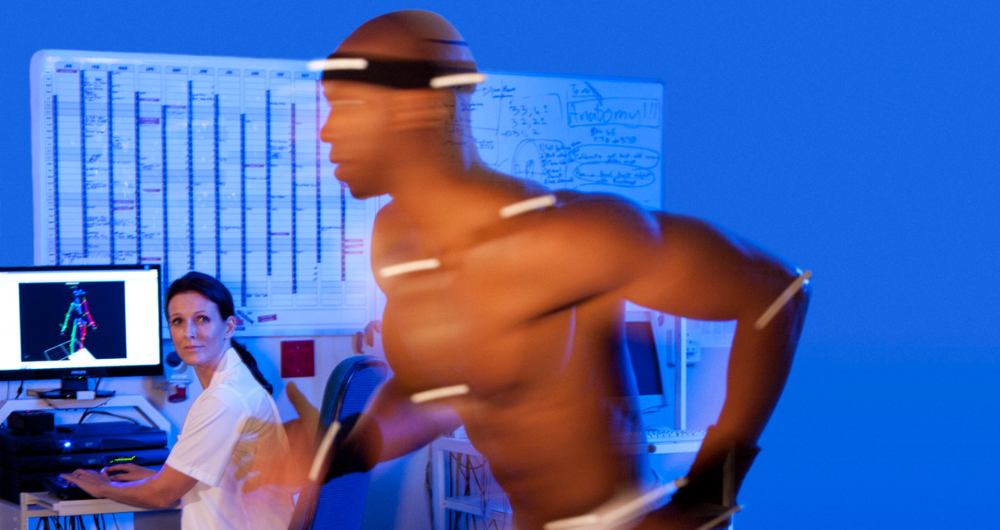
Published in Nature in December, the work of Prof John Newell of Insight at University of Galway is aimed at improving the accuracy of motion capture systems in the assessment of injury. Biomechanics analysis of human movement has proven useful for maintenance of health, injury prevention, and rehabilitation in both sports and clinical populations. Marker-based motion capture involves the placing of ‘markers’ on the body that are then tracked for movement. Markerless systems work by tracking body movements directly without the use of attached markers.
Prof Newell’s work compares both systems.
The Nature article explians: ‘A marker-based motion capture system is considered the gold standard method of measurement for three dimensional kinematics measurements. However, the application of markers to anatomical points is a time consuming process and constrained by inter-, intra-tester and session reliability issues. The emergence of novel markerless motion capture systems without the use of reflective markers is a rapidly growing field in motion analysis. However an assessment of the level of agreement of a markerless system with an established gold standard marker-based system is needed to ensure the applicability of a markerless system. An extra layer of complexity is involved as the kinematics measurements are functional responses. In this paper a new approach is proposed to generate 95% functional limits of agreement (fLoA) using the linear mixed-effects modelling framework for hierarchical study designs. This approach is attractive as it will allow practitioners to extend their use of linear mixed models to assess agreement in method comparison studies in all domains where functional responses are recorded.’
https://www.nature.com/articles/s41598-023-49360-2